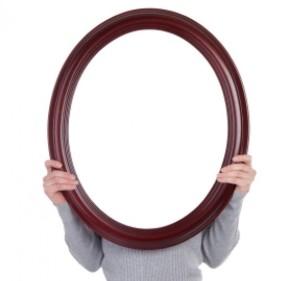 At KidLitCon 2013, one of the topics that come up frequently was the audience for a book. That topic presented itself during panels and also came up as we just sat around and talked about books (and yes, if you wondered, that IS exactly what we did!).
At KidLitCon 2013, one of the topics that come up frequently was the audience for a book. That topic presented itself during panels and also came up as we just sat around and talked about books (and yes, if you wondered, that IS exactly what we did!).
Anyone who has ever been a gatekeeper (another word bandied about, meaning those who get the books into the right kids’ hands) is familiar with the concept that when a child — or anyone for that matter — reads, they want to see themselves (mirrors), but also learn about those who are different (windows).
I’m trying to tailor my reviews a bit more to highlight these opportunities for people to see themselves and others, and it’s a concept that I’ve been pondering.
When you read, are you drawn more to mirrors or windows?
Mine is a mix, I think. In my review of Genie Wishes (or rather, in the comments), I revealed that I identify with stories of these young girls who don’t want to rush to grow up too fast, because I was one of those girls myself. That’s a mirror.
One of my favorite genres of adult literature is memoir, precisely because it is often a window into lives quite different from mine. I am also drawn to fiction that features 1st generation Americans, specifically South Asian and middle eastern for whatever reason. I have known people for whom that story is a mirror, and I like adding that layer of understanding, and those authors are readily available right now.
I enjoy escapist fantasy as well, which isn’t really a window or a mirror (maybe that’s a door!), but allows me to enjoy
Do you, as a gatekeeper, make an effort to give children books that represent windows and mirrors (and doors?)
Do you think that’s important? I know that I’ve appreciated the ability of books to introduce me to characters who live a different reality from mine, as well as helped me navigate my own real life by reading about others like me who are doing just that. I’d like for children to enjoy books in the same way, both now and for a lifetime.
I’d love to hear from you. Leave a comment and tell me about your own practices and the ones you use when trying to match books to the kids in your life.
Check out our current giveaways. Subscribe to our feed. Follow us @5M4B on Twitter or on Facebook.
I think, as you said, both my own reading and that I steered my children toward was a mixture. I think it’s probably healthier to have some of each that one or the other.
Yes, I think both are necessary, and after pondering it a bit, I can see how I (and my children) have enjoyed each of them.
I agree that it’s probably best to have a mixture. The mirror books are reassuring, while the windows expand one’s perspective. And the doors are just fun! Something to keep in mind, as I select books for my daughter. Right now, at 3, I can already see her interest in finding mirrors. We read a Beverly Cleary book about twins, in which the boy likes real things only, while the girl likes pretending, and she was thrilled that the girl was like her.
I’m sure that’s a developmental thing. Preschoolers are by nature self-centered, so I’m not sure they’d really grasp the concept of a window yet.
I know that I am immediately drawn to books that serve as mirrors, as evidenced by the number of reviews of books about 30-something old white moms and their familial ups and downs. That being said, I also like being pulled out of that comfort zone, and that often involves a more window-ish book, but I think I do have to push myself a bit to seek those out.
I love this line of thinking, and it is an important concept for anyone working with children to consider. I know that in my 2nd grade daughter’s class, they are often encouraged to make “text to self” connections when they’re reading, but I’m not sure that a comparable “book as window” reflection is encouraged. Something to think about!